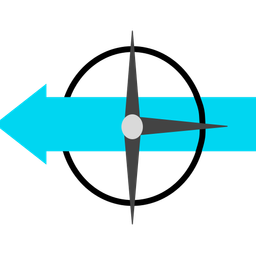A Lesson From History: The Extinct Yellowfin Cutthroat
The Southern Rockies used to be home to multiple subspecies of cutthroat trout, including the Colorado River, Rio Grande, Greenback, Bonneville, recently rediscovered San Juan, and extinct Yellowfin cutthroat. You may well know about the recovery of the Greenbacks...
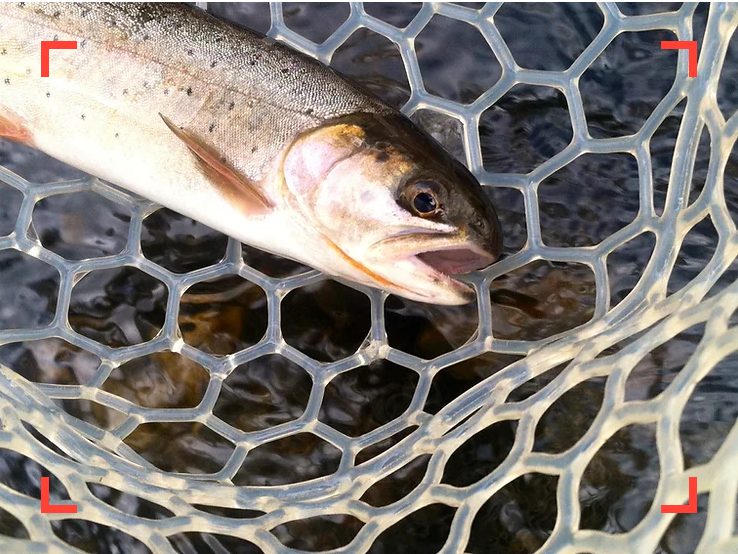
Revisited April 2025

The Southern Rockies used to be home to multiple subspecies of cutthroat trout, including the Colorado River, Rio Grande, Greenback, Bonneville, recently rediscovered San Juan, and extinct Yellowfin cutthroat. You may know about the recovery of the Greenbacks, once thought extinct in 1937, or the recovery of the Bonnevilles, thought extinct in 1970s, or even the recent rediscovery of previously "extinct" San Juan cutthroat trout. There is even evidence that the Alvord cutthroat trout, found in southeastern Oregon, has been rediscovered. Oh, and the rediscovery of the Lahontan cutthroat trout, made famous at Pyramid Lake.
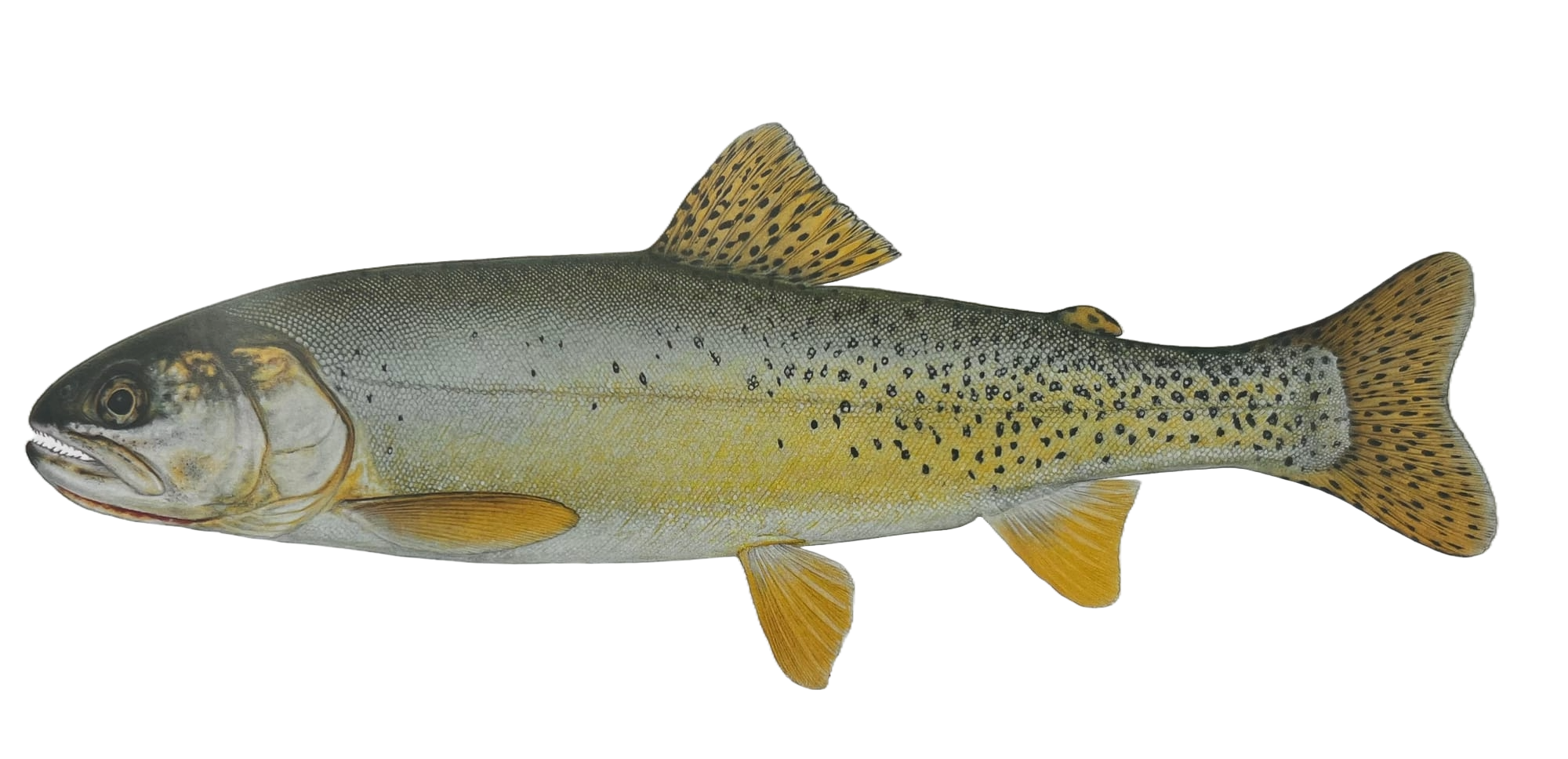
Yet, the Yellowfin cutthroat, limited to Twin Lakes in the Arkansas River drainage of the Colorado, hasn't seemed able to survive undetected, like the lucky others. When the Yellowfin was first described, populations were already on the decline. Known to grow up to ten pounds and possibly a specialized lake-adapted subspecies, human activities such as over-harvesting, mining, and agricultural pollution pushed the fish to and over the edge. Then non-native trout, including brook and rainbow trout, were introduced to supplant fish populations. Whether it was the pollution, competition, hybridization, or a combination of the three, the Yellowfins were gone by 1904, only 15 years after the fish was first described by David Starr Jordan. Today, with no modern samples available, researchers now suggest the early twentieth century documentation of extinction is likely true, though, there is speculation that the fish was distributed by aquaculturists after 1904.
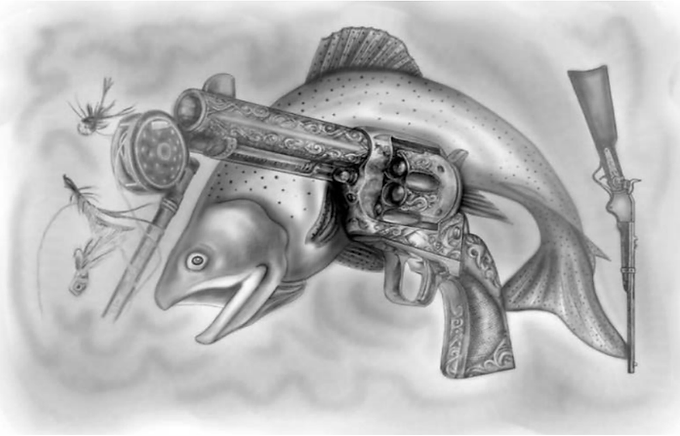
We, the trout-loving subset of society, has been largely bailed out from past atrocities of natural resource mismanagement, and environmental misdeeds. It’s fortunate that we haven’t yet lost the Greenbacks, Bonnevilles, San Juans, Alvords, and Lahontans. However, the loss of the Yellowfin cutthroat trout reminds me about the sins of our past. It’s one subspecies we likely won’t see again. And if for some unknown reason we do get the species back, will we deserve it?
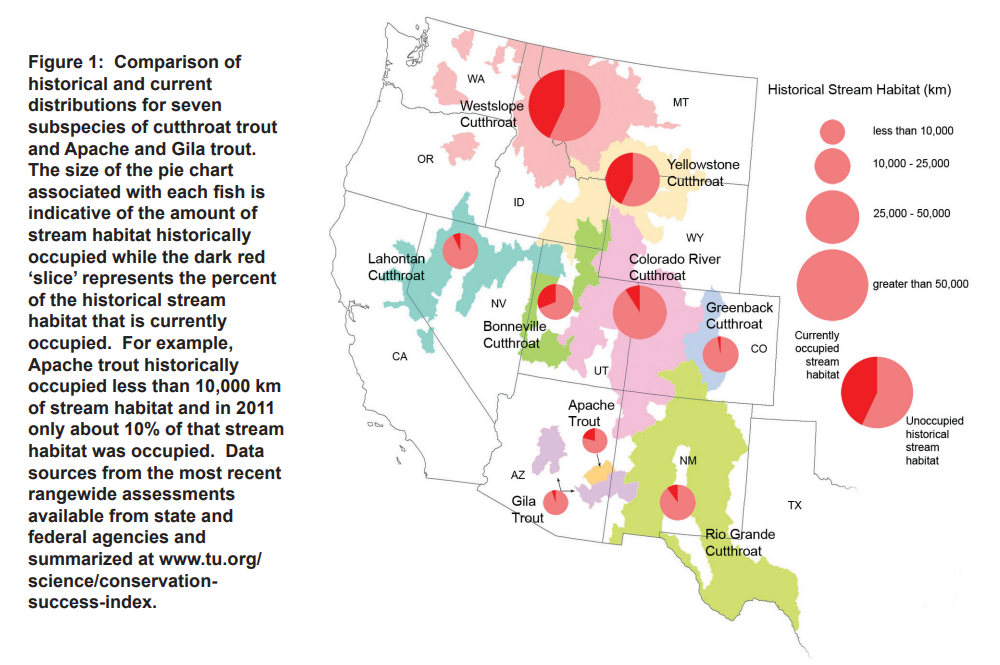
One thing is certain – the cutthroat trout is in danger. Rising stream temperatures, habitat loss and alteration, the propagation of invasive species and diseases all spell disaster for these beautiful fish. And in our current society, natural places have been devalued and degraded. Think of cutthroat trout as canaries in the coal mine, requiring the cleanest water, connective habitat, and pristine surrounding conditions. We have already lost one canary, and we're fighting to keep several more.
Despite recent interest by Colorado Parks and Wildlife to go looking for yellowfin again, I wouldn’t hold my breath for any major cutthroat trout resurrections, and I’d focus on what can be done to maintain and enhance the varieties we still have.
Sources:
- Colorado Re-discovers San Juan cutthroat. Bruce Finley. Denver Post. 2018.
- Cutthroat Trout in the Souther Rockies: Past, Present, and Future. Aaron Hall. Defenders of Wildlife. 2017.
- Alvord Cutthroat Trout, Not Extinct After All? Ken Cole. The Wildlife News. 2013.
- Cutthroat Trout. Colorado Parks and Wildlife. Accessed 2019.
- Trout and Salmon of North America. Behnke, Tomelleri. The Free Press. 2002.
- Historical stocking data and 19th century DNA reveal human‐induced changes to native diversity and distribution of cutthroat trout. Metcalf et al. Molecular Ecology. 2012.
- Recovery of Native Bonneville Cutthroat. Wild About Utah. Utah Public Radio. Accessed 2019.
- Using Anthropogenic Riss to Inform Salmonid Conservation at the Landscape Scale. Andrew Witt. USU Digital Commons. 2018.
- Using native trout restoration to jumpstart freshwater conservation planning in the Interior West. Haak & Williams. Journal of Conservation Planning. 2013.



